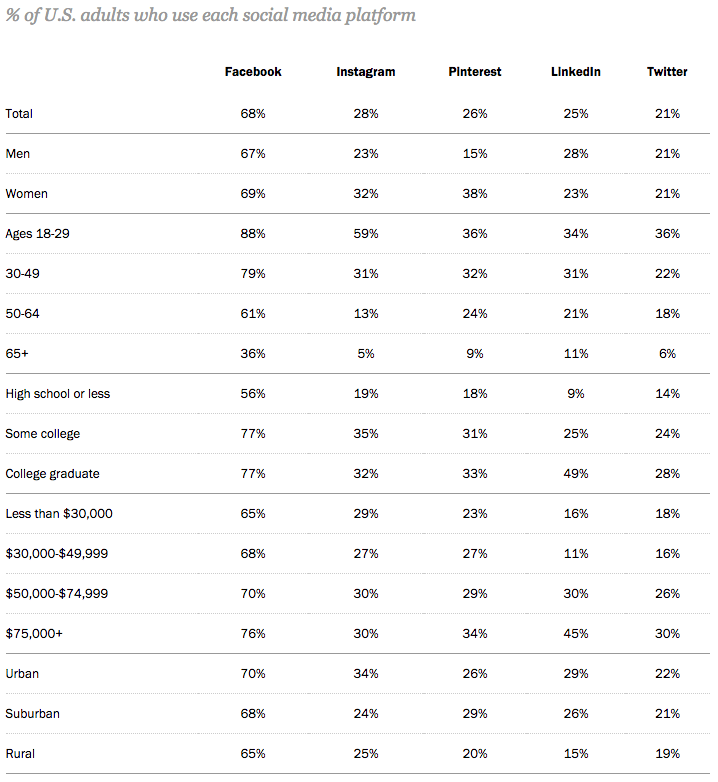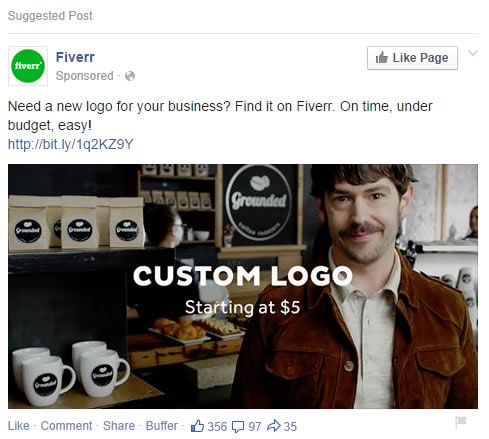Bad SEO is not something new or something uncommon and yes it can really destroy your Google rankings. In this article I will explain what bad SEO is and what I consider to be the top 10 practices that can negatively impact your rankings.
What is bad SEO?
Practices that are unethical, outdated or are outside the boundaries of Google webmaster guidelines are considered as BAD, thus the term ‘bad SEO’. While SEO is about optimizing your website for search engines, bad SEO can generate the opposite results.
So, which are these techniques that can hurt your rankings and most importantly what you should do to avoid them.
#1 Duplicate Content
Last week I wrote a post about writing SEO friendly content and the first tip was to make sure that your content is unique and original. In the case of bad SEO, you need to avoid publishing duplicate content on your website.
Non-unique content is not good for SEO. The main reason is that if search engines already have the same content in their index, there is absolutely no reason to index your web page since it has nothing new to offer.
If you need to have some duplicate content on your website because it is useful for your readers or because of the nature of your business, you should “no index and no follow” those pages so that they do not have a negative impact on your SEO.
#2 Keyword Stuffing
Repeating the same keywords over and over again not because they are useful in the text but because you are supposed to optimize your copy, is a very bad SEO practice.
Mentioning your keywords in the title, description, opening paragraph and a couple of more times naturally in the text is enough.
#3 Guest posting for links
Last year a lot of people insisted that a secure way to get back links to your website was through guest posting. While guest posting can be a great way to do that, if done cheaply and wrongly, can damage your rankings.
You can get post on high quality websites related to your niche not for the purpose of a getting a link but for more exposure and recognition.
Read this article I wrote last year on guest post for links for a more in-depth analysis on what is a good link from guest posting.
#4 Accepting low quality guest posts
You can feature new writers on your website and publish content written by others provided that it is original, relevant and useful for your audience. If the above rules are not met, then it’s better not to publish anything at all.
Publishing new content on a regular basis is a good SEO practice but it is also important to keep a balance between content produced from the website and content offered to the website in exchange for a link in the author bio.
#5 Cloaking / Invisible Text
Cloaking (hiding the real destination of a link) and showing different versions of a page to crawlers and users was a common practice in the past but not anymore. Using such techniques now is actually a very bad practice.
You should only keep one version of a page for both search engine crawlers and users and ensure that users can differentiate between website content and ads.
#6 Too many ads above the fold
Yes, that’s bad SEO since Google punishes websites that have many ads above the part of a page that is visible without scrolling (above the fold).
If you suddenly saw a decrease in traffic then you should check if you were affected by the page layout algorithm.
#7 Paid links (of all kinds)
Building a successful website or blog takes time and needs a lot of patience and hard work to create the content and get those valuable natural backlinks. If instead of doing that you prefer to take shortcuts, you may see temporary success at the beginning and soon enough huge failure.
Buying links for any kind it a bad practice and something that Google will find out (sooner or later) and most probably you will end up losing your rankings and will need to try even harder to achieve something good online.
#8 Not using Google Webmaster Tools
Google developed the webmaster tools in order to establish better communication with webmasters. There is a ton of information you can get about your website and a lot of tools to help you understand how to improve your SEO and rankings in Google.
You can check for things like bad links, crawl errors, duplicate titles and descriptions and much more.
#9 Having a lot of outgoing links
It’s not only the incoming links that can damage your website but also the outgoing links. Websites that have a lot of outgoing links without using the ‘nofollow’ tag can be considered as link farms or paid directories.
In general you should ‘nofollow’ any links in ads, comments and websites that you don’t trust fully.
#10 Slow or unavailable websites
Your website should load in less than 4-5 seconds and should be available 24/7 all the time. Anything that does not comply with the above rules, it’s considered by me as bad SEO practice.
A good hosting provider is very important for having 24/7 availability and a modern software (like WordPress) can help you build fast websites that load within the accepted range.
Conclusion
What is more important for website success these days is to follow good SEO practices that are ethical, based on Google standards and up to date with the latest developments of ranking algorithms.
Practices of the past such as keyword stuffing, cloaking, massive link building and banner stuffing are a thing of the past and should definitely be avoided.


